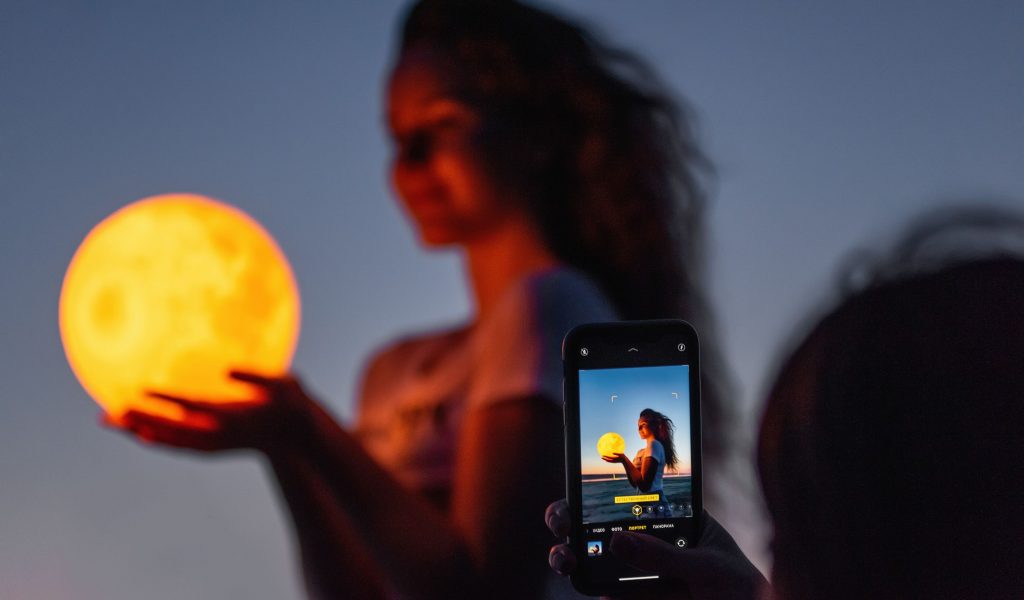What Happens When You Allow an App to Access Your Photos?

What Happens When You Allow an App to Access Your Photos?
When you grant an app permission to access your photos, you are enabling the app to perform specific tasks that require photo access. Many apps request this permission to enhance user functionality, such as editing images or sharing them on social media. This article explains what access you are granting, how it is typically used, and how you can manage it effectively.
What Does Granting Photo Access Allow an App to Do?
When you provide an app with access to your photos, it can:
-
Perform Core Functions
- Apps often require photo access to enable their primary features, such as editing, sharing, or backing up images.
-
Enhance User Experience
- Many apps use photos to offer personalized services, such as creating albums, applying filters, or generating photo-based recommendations.
-
Access Metadata for Features
- Photos may contain metadata (e.g., timestamps or location tags) that apps use for features like sorting or organizing images.
-
Store Photos in Cloud Services
- Apps may upload your photos to cloud storage for backup or synchronization across devices.
What Risks Should You Be Aware Of?
While most apps use photo access responsibly, it’s essential to understand potential concerns:
-
Data Usage Transparency
- Some apps might use photos or their metadata for purposes outlined in their privacy policy, such as analytics or feature development.
-
Scope of Access
- Certain apps request access to your entire photo library, even if they only need specific images. Be mindful of what permissions you’re granting.
-
Third-Party Sharing
- Apps may share non-sensitive data derived from your photos with third parties for analytics or advertising. Always check the app’s privacy policy.
How Can You Control Photo Access?
Modern devices offer several ways to manage and limit app access to your photos:
-
Grant Limited Access
- On many devices, you can choose to grant an app access only to specific photos or albums, ensuring your full library remains private.
-
Review App Permissions
- Regularly check the permissions an app has and adjust them through your device’s privacy or permissions settings.
-
Understand Privacy Policies
- Before granting access, read the app’s privacy policy to ensure you’re comfortable with how your photos might be used.
Can You Revoke Photo Access?
Yes, you can revoke an app’s permission to access your photos at any time. Here’s how:
- Open your device’s settings and navigate to the “Privacy” or “Permissions” section.
- Locate the specific app and find its photo permissions.
- Change the permission setting to “Off” or select specific photos for access.
Once revoked, the app can no longer access your photo library, though it may retain previously uploaded data if stored on their servers.
Key Takeaways
- Photo access allows apps to perform useful functions, but it’s important to understand the permissions you’re granting.
- Use device settings to limit access to specific photos and review permissions regularly.
- Always read the app’s privacy policy to ensure its use of your data aligns with your expectations.
By managing permissions wisely, you can enjoy the benefits of photo-based apps while maintaining control over your data.
Have questions about technology, apps, or data privacy? Contact us or visit our website for expert advice.
